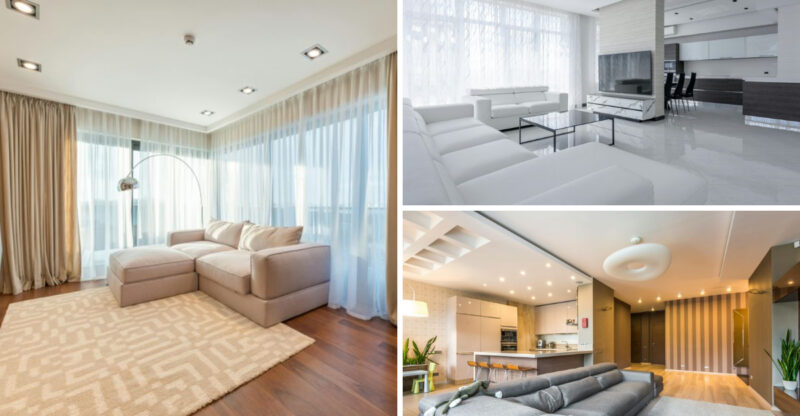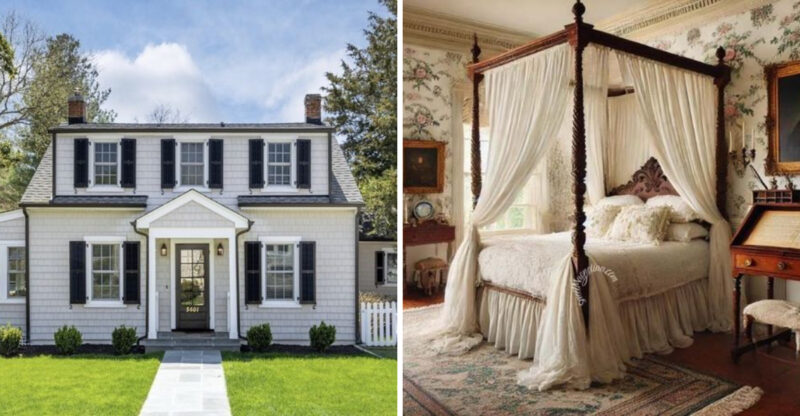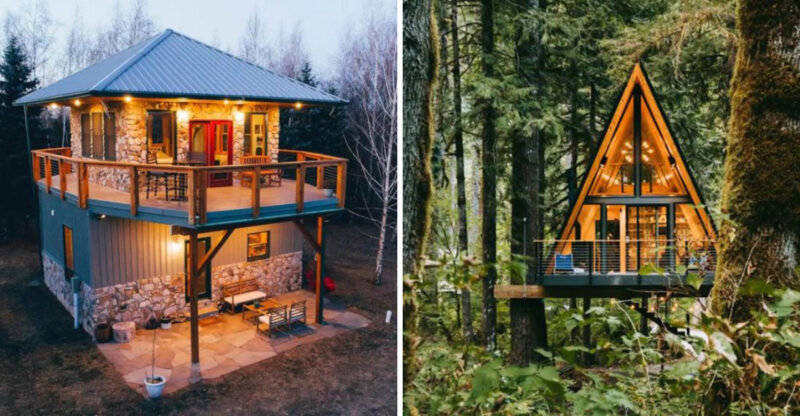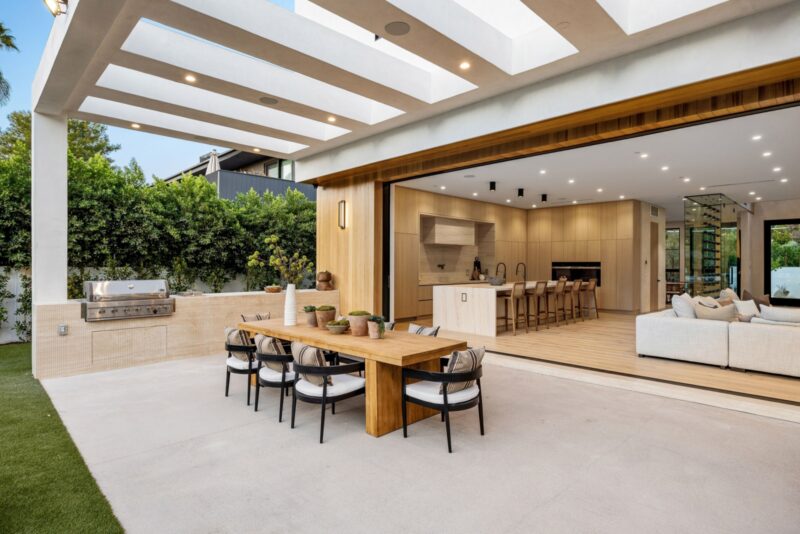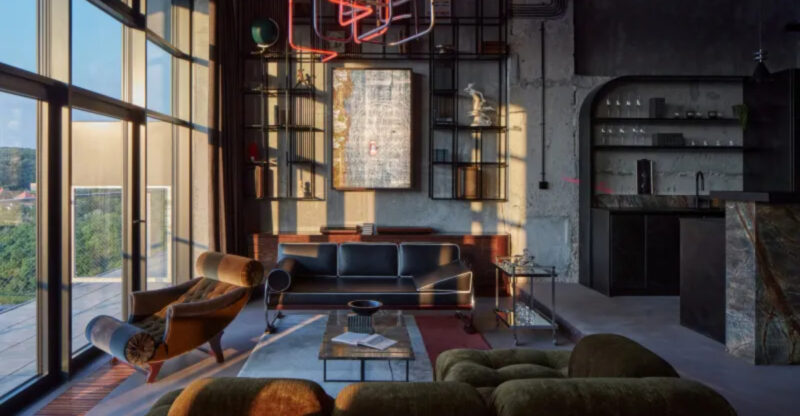8 Florida Homes Set To Soar And 9 That Could Lose Their Edge
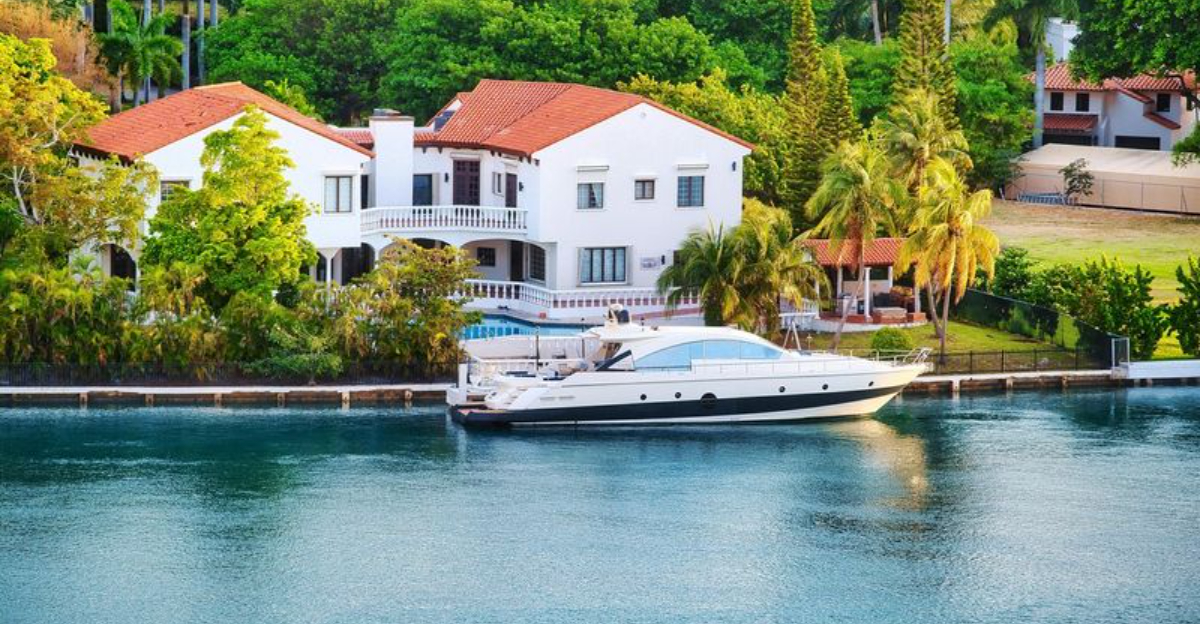
When it comes to Florida homes, some are riding the sunshine wave straight to the top, while others are about as welcome as a mosquito at a backyard BBQ. Whether you’re dreaming of a coastal castle or a backyard swamp shack, the housing trends are shifting faster than a Florida thunderstorm.
Let’s dive into the homes that are set to make a splash, and the ones that might just get left high and dry by 2030. Spoiler alert, not all that glitters is gold (sometimes it’s just peeling paint).
1. Coastal Modern Beach Bungalows

Have you noticed how these sleek shoreline jewels are capturing everyone’s attention lately? Their clean lines and weather-resistant materials stand up beautifully to salt air while maximizing those gorgeous ocean views.
Coastal Modern bungalows blend indoor-outdoor living with smart, hurricane-resistant features. Buyers are snatching them up faster than seagulls on french fries! Their timeless appeal and practical durability mean they’ll likely appreciate for years to come.
2. Tropical Minimalist Pool Homes
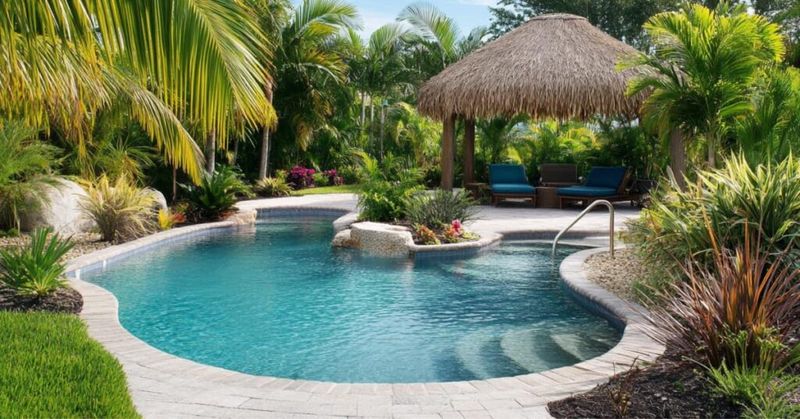
Where luxury meets simplicity, these stunners are climbing my hot list faster than Florida humidity! Tropical minimalist designs combine open spaces with natural materials while keeping the visual noise down.
Pool homes with this aesthetic offer that resort feeling without the constant maintenance headache. Their appeal lies in how they frame outdoor water features as living art.
The market for these beauties will continue rising as buyers seek that permanent vacation vibe.
3. Passive Solar Eco-Homes
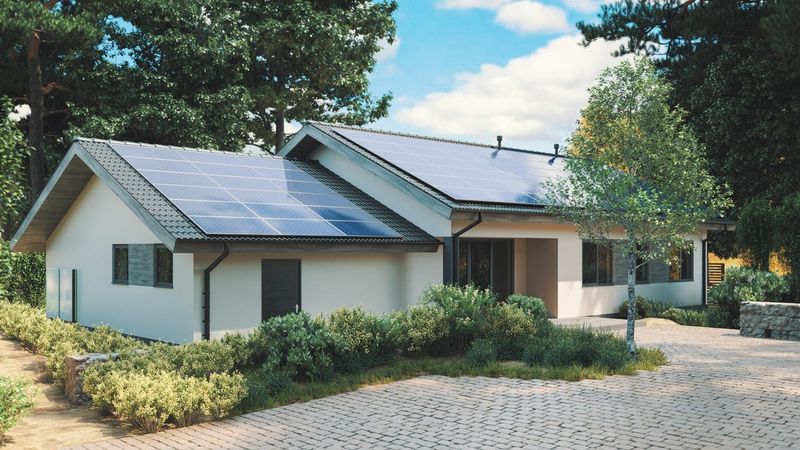
Guess what’s hotter than a Florida sidewalk in July? Passive solar designs that slash energy bills while looking absolutely stunning! These smart structures use orientation, overhangs, and thermal mass to naturally regulate temperature.
Eco-homes incorporate renewable materials and energy systems that appeal to environmentally conscious buyers. Their growing popularity isn’t just about saving the planet, it’s about saving money too. With utility costs climbing faster than palm trees, these efficient beauties will command premium prices.
4. Elevated Stilted Residences

Up, up and away from flood zones! These clever elevated homes perch safely above potential water troubles while capturing better views and breezes. Stilted residences have evolved from simple beach shacks to architectural showpieces.
The space beneath these homes creates bonus outdoor living areas for storage, parking or entertaining. Elevated homes answer Florida’s increasing flood challenges with style and practicality.
Insurance companies love them almost as much as buyers do, making them solid investment properties for the climate-conscious future.
5. Mid-Century Gulf Coast Cottages
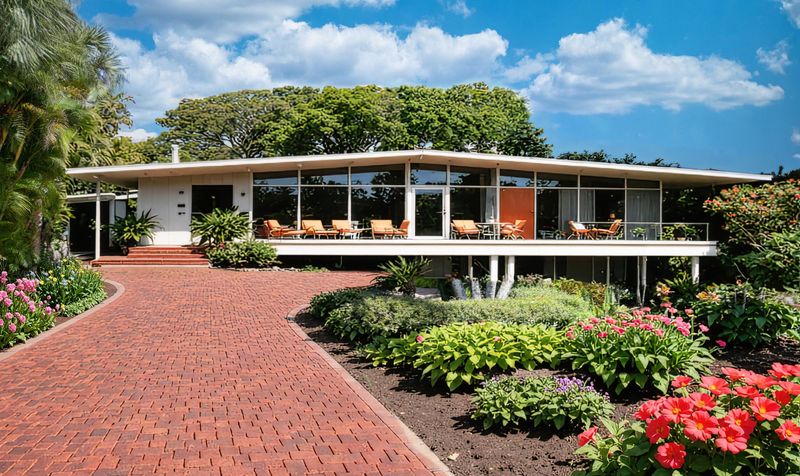
Nostalgia with a modern twist is making these vintage treasures absolute gold mines! Mid-century cottages along Florida’s Gulf Coast combine retro charm with updated functionality that younger buyers absolutely adore.
These homes feature characteristic low-pitched roofs and integrated indoor-outdoor spaces. Their modest footprints make them more affordable entry points in desirable neighborhoods.
When thoughtfully updated with respect to their architectural heritage, these properties sell remarkably fast and appreciate steadily.
6. Courtyard Villas With Outdoor Living Focus
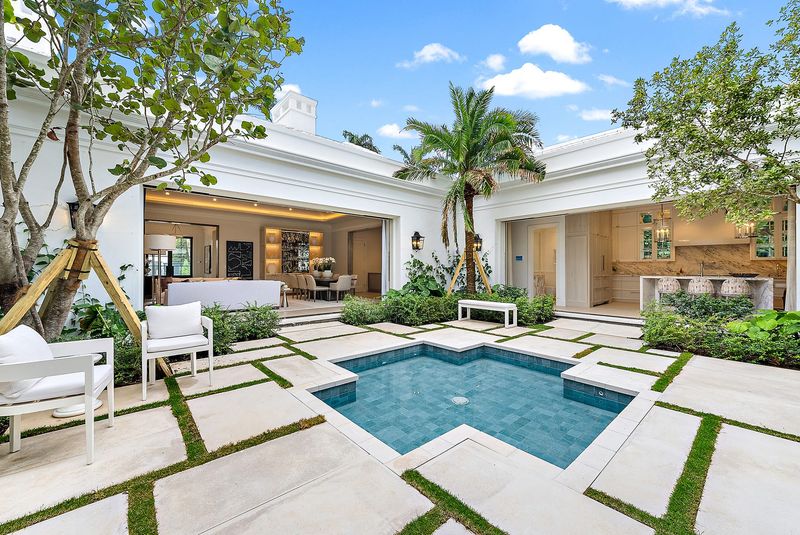
Why choose between indoor and outdoor when you can blur the lines completely? Courtyard villas create private outdoor sanctuaries that extend living space magically. These homes center around lush, protected outdoor areas that function as additional rooms.
Florida’s climate makes courtyard living practical year-round. Buyers increasingly value these private outdoor retreats as alternatives to traditional backyards.
The Spanish-Mediterranean influence in these designs offers timeless appeal that transcends trends, making them solid long-term investments.
7. Smart Home Communities With Integrated Tech
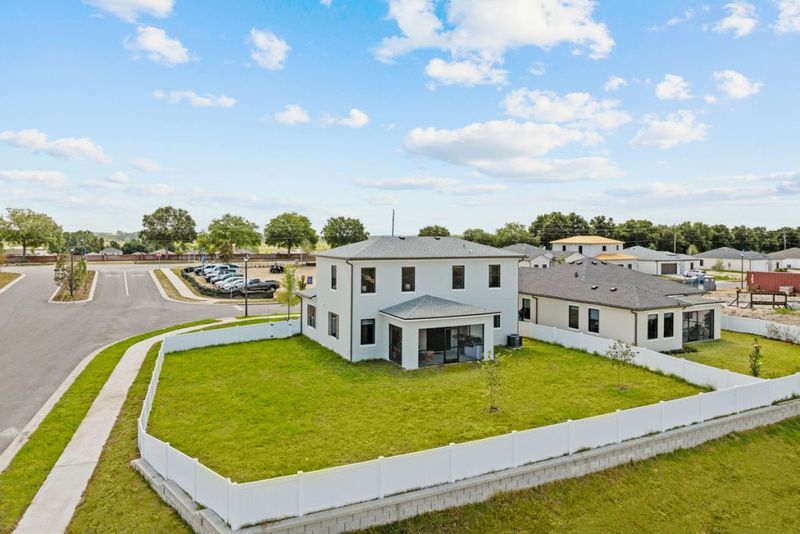
Tech-forward living spaces are revolutionizing how Floridians experience home ownership! Smart communities integrate automation, security, and energy management systems that can be controlled from your phone anywhere in the world.
These neighborhoods often include shared amenities with tech-enhanced features. The convenience factor of controlling everything from temperature to security with voice commands or apps makes these homes particularly attractive to busy professionals.
As technology becomes more seamlessly integrated into daily life, these properties will command increasing premiums.
8. Modular Prefab Homes With Energy Efficiency
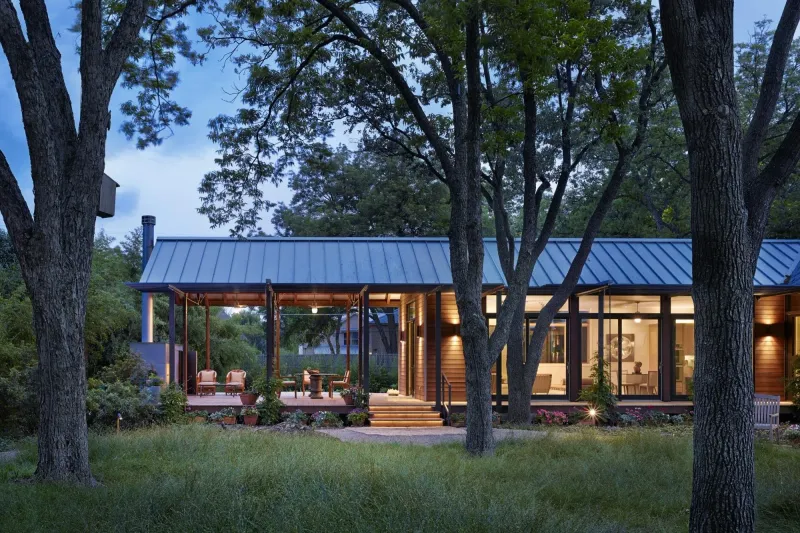
Factory precision meets cutting-edge design in these surprisingly luxurious properties! Modern prefab homes shatter outdated stereotypes with architectural excellence and environmental performance that site-built homes struggle to match.
Modular construction reduces waste while allowing faster completion times. These homes incorporate advanced insulation and energy systems that perform exceptionally well in Florida’s climate extremes.
Their growing popularity reflects both practical advantages and changing perceptions about prefabricated construction quality.
9. Post-War Concrete Block Bungalows
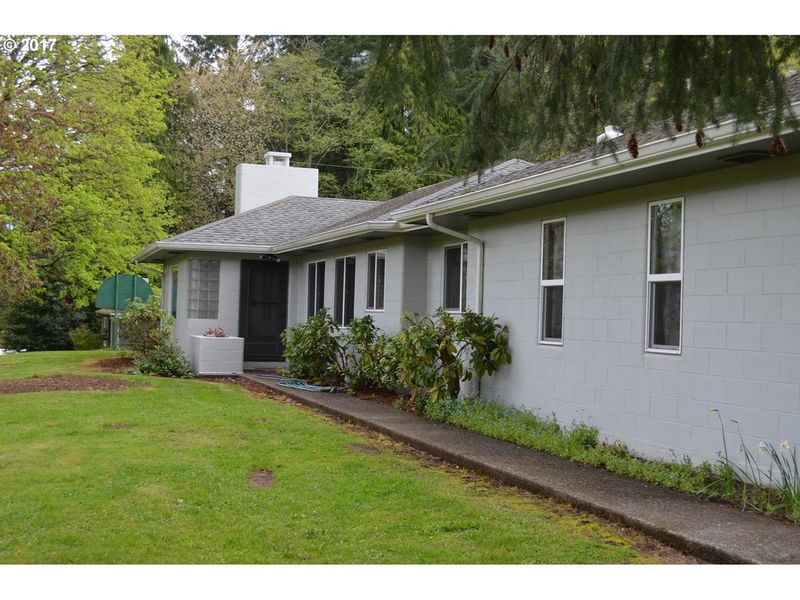
Though once the backbone of Florida neighborhoods, these simple rectangular boxes are losing appeal faster than ice cream melts on a Miami sidewalk. Post-war bungalows lack the character and efficiency modern buyers crave.
Their basic concrete block construction offers little insulation against Florida’s heat. Outdated layouts with small rooms and minimal natural light feel claustrophobic compared to contemporary open plans.
Without significant renovation investment, these homes will continue declining in relative value as newer, more efficient options dominate the market.
10. Outdated South Beach Deco Apartments
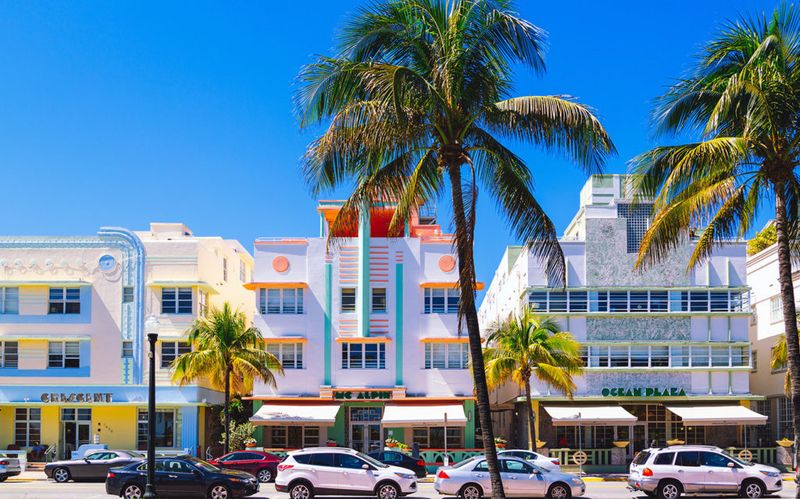
Despite their historical charm, many unrenovated Art Deco apartments are struggling to keep up with changing expectations. Behind those colorful facades often hide cramped layouts, minimal storage, and outdated systems that frustrate modern residents.
South Beach Deco buildings frequently lack elevator access and parking. Their aging plumbing and electrical systems can be nightmares to update due to concrete construction.
Without comprehensive modernization that preserves their architectural character while upgrading livability, these once-iconic properties risk becoming merely Instagram backgrounds rather than desirable homes.
11. Boxy, Uninsulated Concrete Slabs
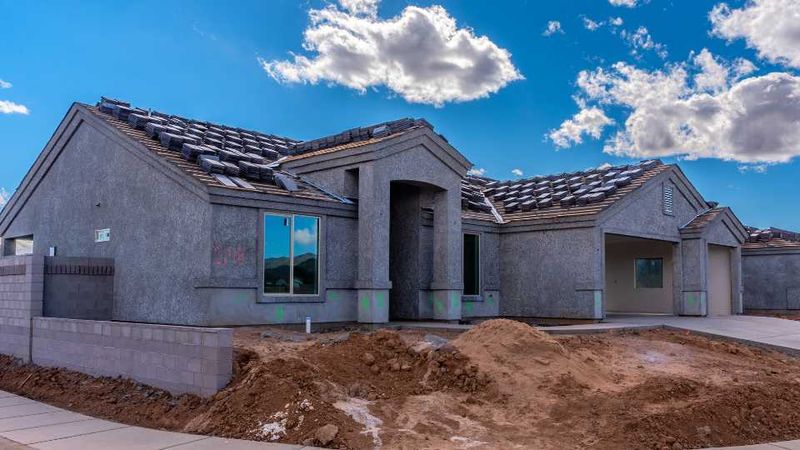
Ever walked into a Florida home that feels like an oven despite the AC running full blast? Those uninsulated concrete boxes are energy vampires sucking both electricity and comfort from their unfortunate owners.
Boxy concrete homes built directly on slabs suffer from moisture issues and temperature extremes. Their minimal architectural interest and poor energy performance make them increasingly difficult to sell.
As utility costs rise and environmental consciousness grows, these inefficient structures will continue losing market appeal compared to more thoughtfully designed alternatives.
12. Aging Waterfront Homes Without Resiliency Upgrades
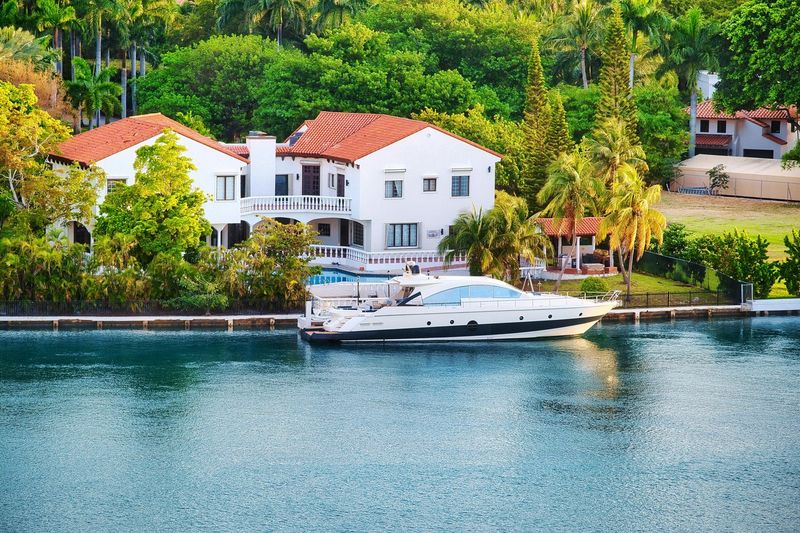
Location alone can’t save these vulnerable waterfront properties from their declining futures. Homes built in flood-prone areas without modern resilience features face increasingly expensive insurance rates and growing buyer hesitation.
Aging waterfront properties require substantial investments to withstand intensifying weather events. Those without elevated foundations, impact windows, or reinforced roofing systems represent significant financial risks.
Climate concerns and insurance challenges will continue eroding their market position unless comprehensive upgrades address their vulnerability to Florida’s increasingly volatile weather patterns.
13. Overgrown Tropical Foliage Camo Houses
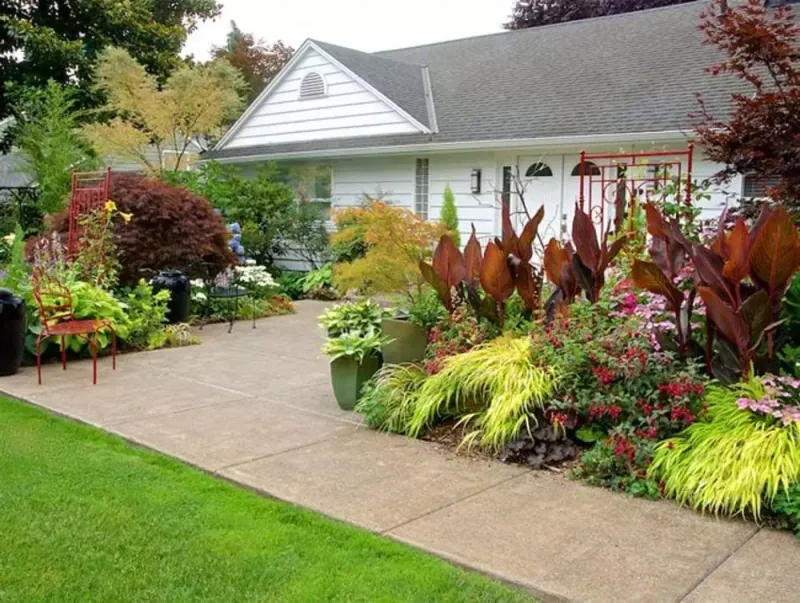
Hidden behind jungle-like vegetation, these mysterious properties might seem charmingly secluded, until you realize what that excessive greenery is hiding! Homes concealed by overgrown landscaping often suffer from moisture damage, pest issues, and structural problems.
The tropical camouflage frequently masks deferred maintenance and poor upkeep. Dense vegetation against exterior walls creates perfect conditions for mold growth and wood rot in Florida’s humid climate.
As home shoppers become more savvy about potential hidden issues, these overgrown properties will face increasing market resistance and lower valuations.
14. Cheap Garage Conversions (Without Permits)
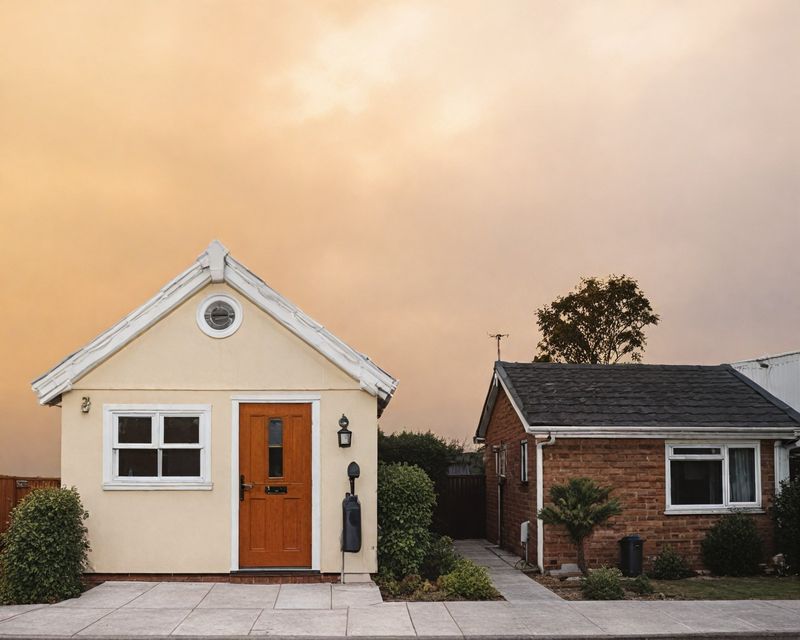
Nothing screams “run away” louder than that suspicious extra room that was clearly once where cars parked! Unpermitted garage conversions create legal nightmares for future owners while removing valuable covered parking.
These amateur renovations typically feature questionable wiring, inadequate insulation, and poor climate control. Garage conversions without proper permits can trigger insurance problems and complicate resale.
As municipalities increase enforcement and buyers become more informed about permitting issues, these problematic spaces will increasingly become liabilities rather than assets.
15. Dark Wood Paneling Interiors
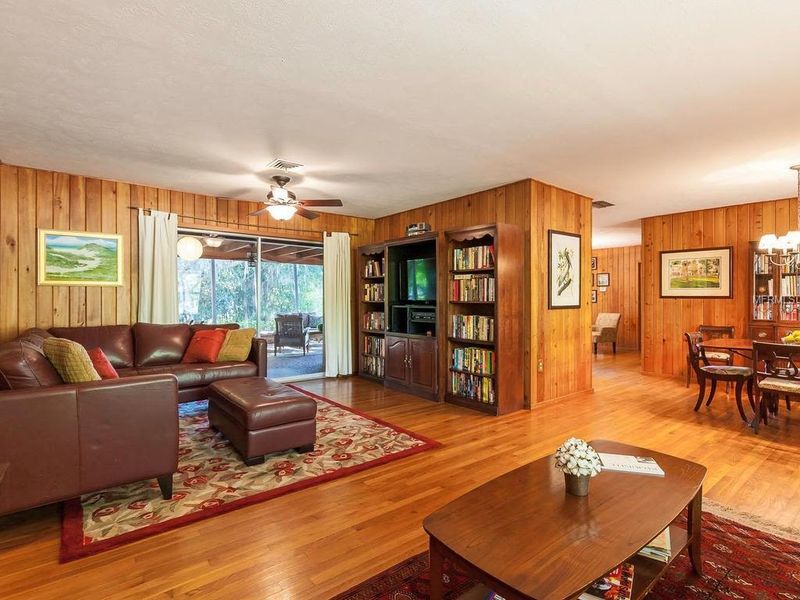
Those brown cave-like spaces might have felt cozy in 1975, but today they’re just depressing time capsules! Dark wood paneling makes spaces feel smaller, darker, and thoroughly outdated compared to the bright, airy interiors buyers now expect.
Wood-paneled walls absorb light and create visual heaviness. The material often conceals insulation problems or wall damage from previous owners.
Unless completely removed or professionally painted, these dark interiors will continue dragging down property values. Younger home hunters actively avoid spaces that remind them of their grandparents’ basements.
16. Late-80s Vinyl-Clad Ranches

Those pastel-colored vinyl-sided ranches that once dominated Florida suburbs are fading faster than their exterior colors! Late-80s vinyl homes typically feature dated layouts and materials that new buyers find increasingly unappealing.
Vinyl siding in Florida’s harsh sun deteriorates noticeably over time. These homes often include other dated elements like popcorn ceilings and laminate countertops.
Their cookie-cutter designs and inefficient use of space make them increasingly difficult to market compared to newer or thoughtfully updated alternatives, pushing their values downward in competitive markets.
17. Oversized “McMansions” Far From Infrastructure
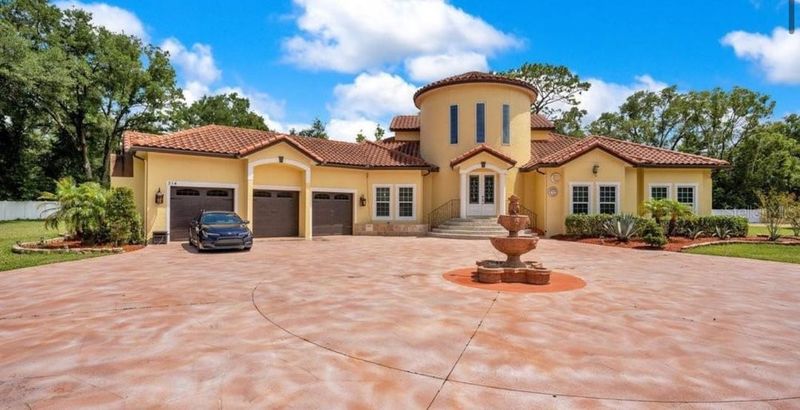
Those massive suburban status symbols are losing their shine faster than chrome in salt air! Remote McMansions with excessive square footage and cookie-cutter luxury features face declining demand as buyer preferences shift toward quality over quantity.
Isolated from amenities, these oversized homes create transportation headaches for residents. Their generic luxury finishes and inefficient layouts feel increasingly dated compared to more thoughtful designs.
Rising energy costs make their massive HVAC requirements increasingly burdensome, contributing to their gradual market decline as buyers prioritize location and thoughtful design over sheer size.

